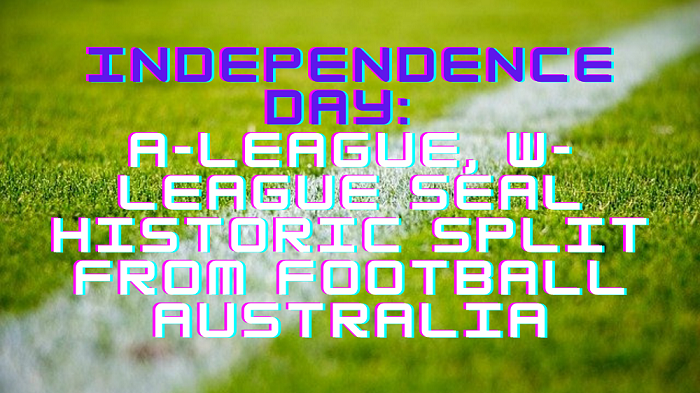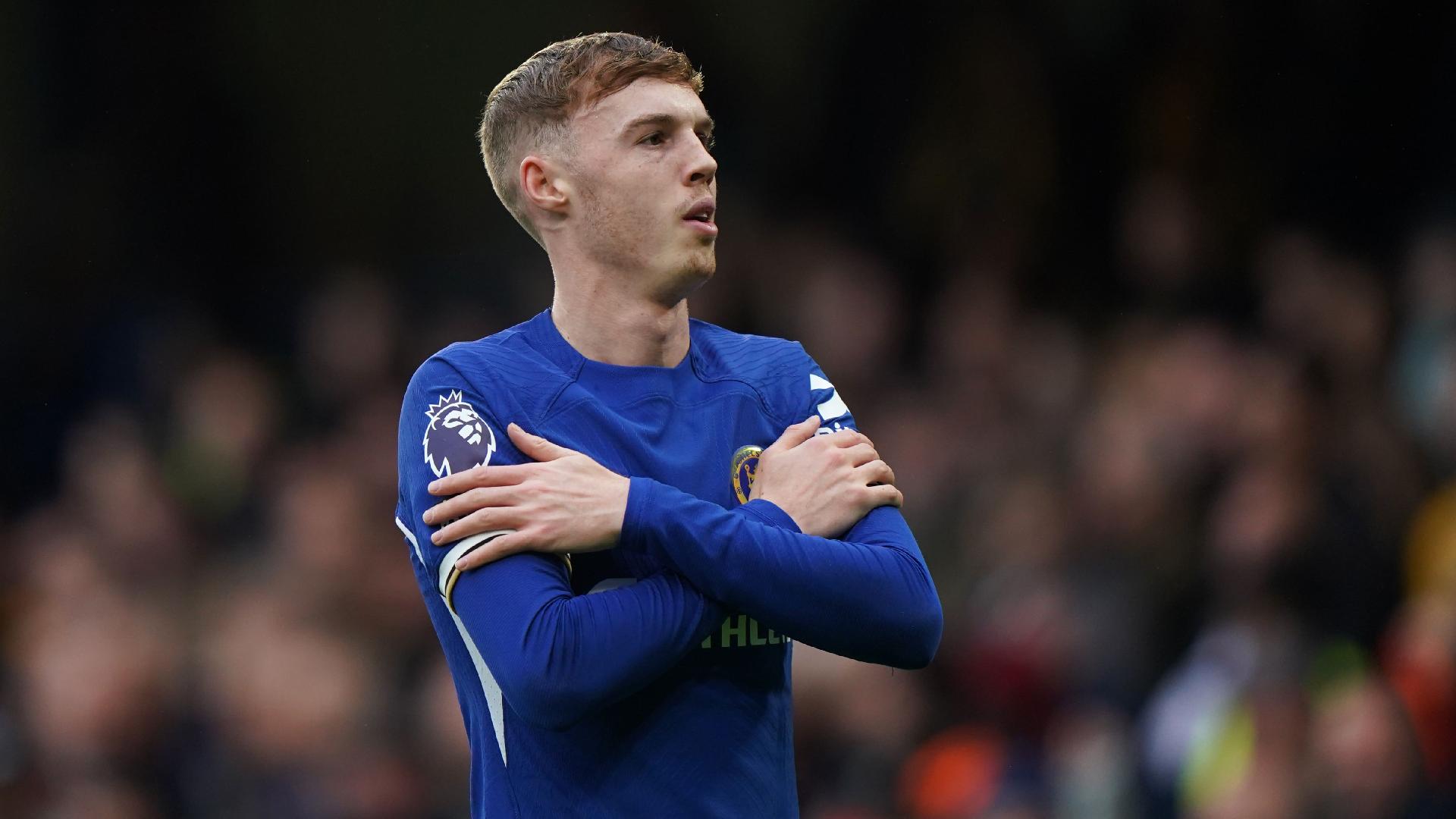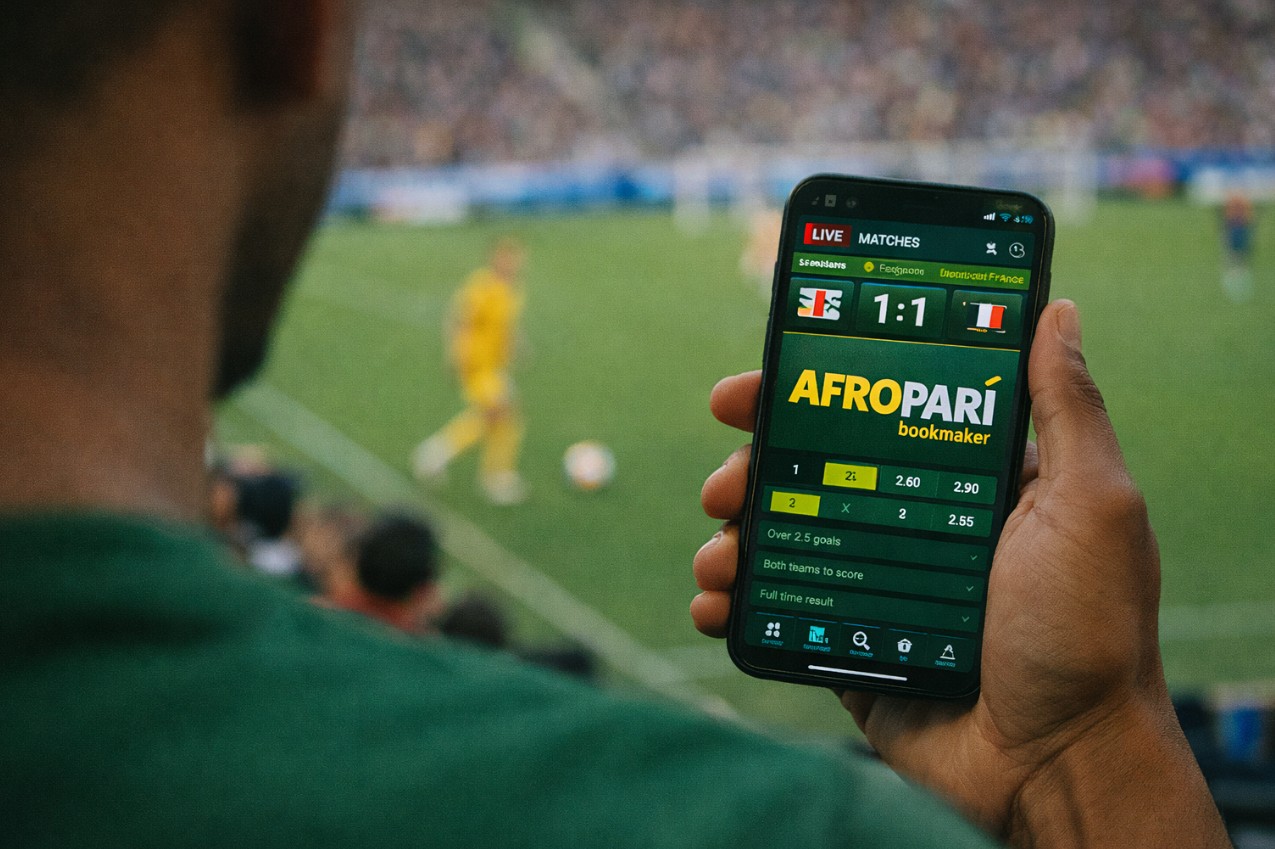Independence day: A-League, W-League seal historic split from Football Australia
The A-League is the highest level of the professio

The A-League is the highest level of the professional men’s football game in Australia while the W-League represents the same level for their female counterparts. Created in 2004, the A-League has been governed by Football Australia (FA) for the last 16 years with the FA in charge of operational and commercial control of the clubs. Following Thursday’s split; the A-League, W-League, and also the Y-League (youth developmental and under-23s reserve league) will now be run by the newly formed Australian Professional Leagues (APL).
The split also brings to an end a lengthy, often convoluted relationship between the club owners and the FA a relationship that saw FIFA send peacekeepers more than three years ago to intervene as things got ugly over the A-League’s independence. Following Thursday’s announcement, the club owners and the APL expect a resurgence of the country’s football leagues. The clubs have become more independent and can go about their business how they please, with their future ultimately in their own hands.
While the APL has gained control over the operational, marketing, and commercial control of the A-League, W-League, and Y-League, as well as all forms of revenue generation responsibilities. The FA will still supervise regulatory functions like on-and-off-field disciplinary and integrity affairs, registration of football clubs and players, the transfer system and the domestic match calendar.
The Birth of a New Structure
Greg O’Rourke, Football Australia Head of Leagues has already been announced as the Commissioner of the Professional Leagues for APL. O’Rourke is expected to answer to an APL board that comprises of five club representatives, three independents, and one FA representative, one of whom will oversee the organization per the final approval of the FA.
Interim APL chairman and Western Sydney Wanderers owner Paul Lederer believes the time is now if the clubs are to deliver on their vision, whilst insisting the shackles on the game of football (soccer) in Australia have completely been taken off.
The FA’s Chris Nikou said the organization will now turn its attention to other areas, including the governing of football in national teams, grassroots, and the overall strategic direction towards the improvement of the professional game.
James Johnson, the FA chief executive also insists the decision to split was an important milestone in the growth of Australian football, whilst praising the strong governance principles of the FA. Johnson also cites the defined roles of each constituent as a model that follows the fundamental aspects of football all over the world.
Under the new agreement, the FA also has the final say on decisions to implement promotion and relegation in the A-League, although there is no commitment towards such actions at this particular time and the current plan is to create a financially viable national second division.
While the club owners initially wanted a split that would give them a similar operating model to that of the English Premier League -which would have given them an extensive sense of self-rule- the end result is similar to how the Japanese J-League and Chinese CSL operate alongside their national federations.
What the future holds for Australian Football
The importance of the split of Australian football ensures that the conundrum of a ruling body being torn between making the best decisions in the interest of growing the professional game or having to choose the commercial benefits will be avoided. As the FA supervise regulatory functions while the APL monitor the commercial aspect. This new development sure promises to provide soccer moments fans would kill to experience as it helps a broad development of the league and its quality at large.
The Australian Professional Leagues (APL) is expected to be an independent arm of the Football Association, who will, in turn, regard the APL as the governing body of Australian top tier football league. The APL would determine competition formats, match fixtures, and the number of foreign players entering into the league but the FA will have the power to veto any decision.
Furthermore, the FA will also have the final say regarding the number of homegrown or young players in the squads of clubs should consultation with the APL prove to be futile.
Meanwhile, Football Australia and the Australian Professional Leagues are expected to become a partnership and enter the broadcasts rights market in 2021 together.
Nearly all broadcast property within the Australian football game is expected to come to an end in the summer of 2021 leaving room for new negotiations, with the A-League’s contract with Fox Sports due to run out in June. International games involving the Australian men’s national team and women’s national team alongside the broadcast rights for the 2023’s FIFA Women’s World Cup are also up for grabs in the new year.







